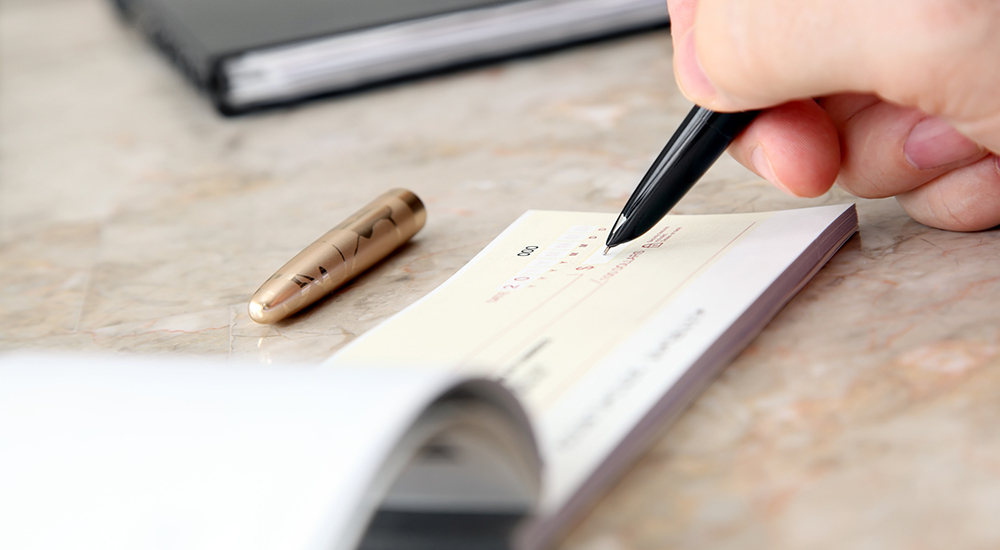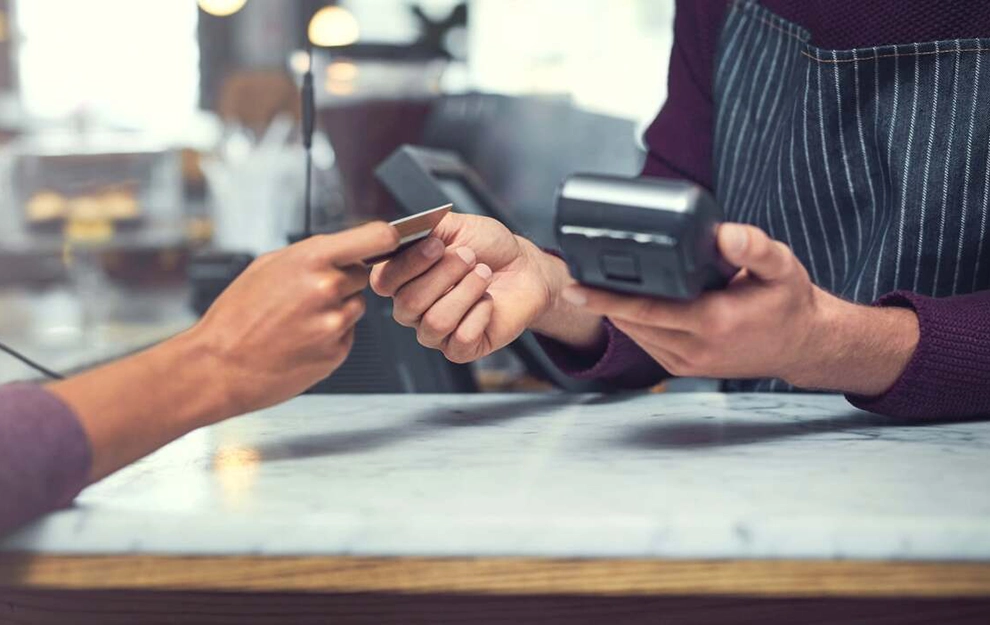Welcome to our new domain: sbical.bank. Please update your bookmarks accordingly.

9th Jul 2025Reading Time: 6 Minutes
You may not think much about your bank account number and routing number—until you need them.
Whether setting up direct deposit at work, bill pay online, or sending money to someone, these numbers play a vital role in handling your finances.
Routing numbers are unique to each financial institution, while your account number is unique to you.
But how do you find these numbers? Why do banks use both? And how do you keep them safe?
If you've ever felt confused about where to find these details on a check or worried about sharing them, you're not alone.
In this guide, we’ll explain the difference between a routing number and an account number, where to locate them, how they work, and how to use them safely.
A routing number is generally a nine-digit code used to identify specific financial institutions within the United States.
Also called the American Bankers Association (ABA) routing number, it ensures that money transfers are directed to the correct institution. ABA routing numbers are always 9 digits long—if you see a 12-digit number, it may be an account number or an international wire code like a SWIFT or IBAN number.
Routing numbers are essential for the following:
Direct deposits (paychecks, tax refunds)
Automatic bill payments (utilities, loans)
Automated Clearing House (ACH) electronic payments
Ordering checks
Standard routing numbers have nine digits:
The first four digits represent the Federal Reserve processing center
The next four indicate the specific bank
The last digit is a verification check digit
You can find your bank's routing number in several ways:
On a check: It’s the first set of numbers in the bottom-left corner.
Bank statements: Some banks list it on paper or online statements.
Online banking: Log into your account; routing details are often displayed.
Customer service: Call your bank and ask directly.
If your bank has multiple routing numbers (as some larger institutions do for different transaction types or regions), ensure you're using the correct one for ACH, Wire transfers, or check orders.
A bank account number is a unique identifier for your specific account within a financial institution. This number allows banks to track deposits, withdrawals, and transfers linked to your account.
Unlike routing numbers, your account number is specific to you, not your bank.
Your account number:
Identifies each specific bank account (personal or business)
Is used for deposits and withdrawals
Allows you to link to services like PayPal, Venmo, or Zelle
And no, routing and account numbers do not serve the same purpose. The routing number identifies your bank; your account number identifies you.
You can locate your account number in several ways:
On a check: It’s the second set of digits at the bottom.
Bank statements: Found on both printed and digital copies.
Online banking: Available in your account details section.
Bank app: Often found under "Account Info" or "Settings."
Depending on the bank, account numbers usually range from 8 to 12 digits.
If you have a paper check, look at the bottom:
Routing Number → First 9 digits (left side)
Account Number → Follows the routing number, typically in the middle
Check Number → Last few digits on the right
Understanding this layout helps avoid mistakes when filling out forms for direct deposit, payments, or transfers.
| Feature | Routing Number | Account Number |
|---|---|---|
| Purpose | Identifies your bank | Identifies your individual account |
| Uniqueness | Same for all customers of a bank branch | Unique to each account holder |
| Length | Always 9 digits | Typically 8–12 digits |
| Used For | Direct deposit, Wire transfers, ACH payments | All account-level transactions |
| Location on Check | First set (bottom left) | Middle set (after routing) |
| Changes When You Switch Banks? | Yes | Yes |
| Security Risk | Low on its own | High—must be kept private |
These numbers are essential for common financial activities such as:
Setting up direct deposit at work – Your employer needs both numbers to send your paycheck.
Paying bills online – Utilities and loan providers use these for recurring payments.
Receiving a tax refund – The IRS requires them to deposit refunds directly into your account.
Transferring money – Whether to another account or another person, these numbers route and deposit the money correctly.
Wire transfers – Both domestic and international wires rely on routing and account numbers for secure delivery.
Ordering checks – Banks need your numbers to print accurate checks.
Tip: If you're unsure which routing number to use, especially for wires or international transfers, consult your bank.
Your account number is a key that can unlock your funds, so treat it with care:
Never share via email or text. Scammers can misuse this information.
Avoid public Wi-Fi for banking. Unsecured networks are vulnerable to hackers.
Monitor your bank statements regularly. Spot unauthorized activity early.
Use strong passwords and two-factor authentication. This makes it harder for someone to access your account.
Enable account alerts. Get real-time updates on suspicious transactions.
If you suspect fraud or unauthorized activity, contact your bank immediately. They can freeze the account, investigate, and help prevent further losses.
At SBI California (SBIC), we make banking simple and secure.
Whether you need a checking account, savings account, or seamless international money transfers, we offer solutions tailored for individuals and businesses.
Secure transactions with strong encryption
Easy online banking with mobile access
Convenient Wire transfers for international payments
Competitive interest rates on savings and Certificates of Deposit
Thinking of opening a new bank account? SBI California (SBIC) offers a seamless application process. Learn more about our savings account options.
Your routing and account numbers are small but mighty tools that keep your finances moving. Knowing how to find them, when to use them, and how to protect them can save you time, money, and stress.
If you're looking for a trusted banking partner, consider SBI California (SBIC)—a secure and reliable choice for personal and business banking needs.

Manage all your payments in one place with SBIC Bill Pay. Schedule, track, and expedite payments for rent, utilities, and more—secure, fast, and hassle-free.

Managing your business payments should be simple, efficient, and secure. At SBI California, we understand the complexities of accounts payable and offer comprehensive solutions to streamline your financial workflows. From automating recurring payments to ensuring secure transactions, we empower your business to focus on growth and innovation, while we handle the rest.

Effortlessly manage your business’s finances with SBIC’s comprehensive receivables solutions. Gain control over your accounts receivable with tools designed to simplify and optimize your cash flow.

Get the best value for your money with our reliable and up-to-date exchange rates. Whether you’re traveling or transferring funds internationally, we offer competitive rates for seamless global transactions.
Copyright © State Bank of India, California 2025, All Rights Reserved.